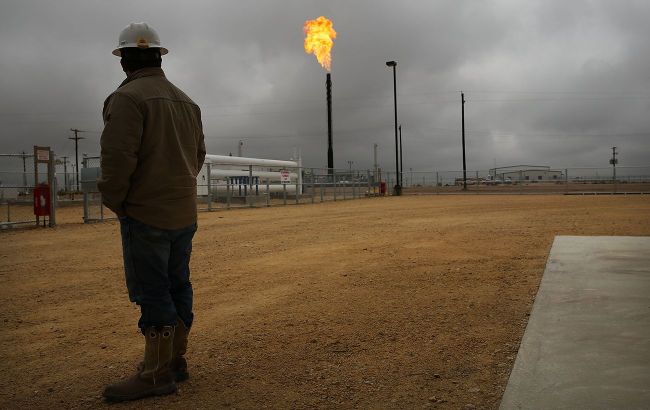Global energy demand expected to grow until 2050 — Reuters
 Photo: How oil, gas, and electricity consumption will change by 2050 (Getty Images)
Photo: How oil, gas, and electricity consumption will change by 2050 (Getty Images)
Global demand for oil and gas is expected to continue growing until 2050. Thus, the International Energy Agency (IEA) has revised its previous forecasts of a rapid transition to clean energy, according to Reuters.
Growth in energy demand
In its annual World Energy Outlook, released on November 12, the IEA predicts that under the current policy scenario, oil demand will reach 113 million barrels per day by mid-century, approximetly 13% more than consumption in 2024.
It forecasts that global energy demand will increase by 90 exajoules by 2035, a 15% rise from current levels.
As Reuters notes, the current scenario is based on existing government policies, not their climate commitments. The IEA last used this approach in 2019; since 2020, the agency has shifted to models that envision a faster transition to clean energy.
IEA under pressure from US policy
The IEA, which is funded by Western countries, has been under pressure from the US in recent years. US President Donald Trump called on companies to increase oil and gas production. His ally, Energy Secretary Chris Wright, called the IEA's previous forecasts of a rapid peak in demand "nonsensical".
During the administration of former US President Joe Biden, the agency predicted that oil consumption would peak this decade and that new investments in fossil fuels would not be necessary if countries sought climate neutrality.
Boom in LNG
The IEA also notes a sharp increase in investment in liquefied natural gas (LNG). By 2030, a new export capacity of 300 billion cubic meters per year could emerge globally, increasing global supplies by 50%.
Under the current scenario, the global LNG market is projected to grow from 560 billion cubic meters in 2024 to 1.02 trillion cubic meters in 2050. The primary drivers of growth are the energy demands of data centers and the development of artificial intelligence.
The IEA expects investment in data centers to exceed $580 billion in 2025, surpassing the annual cost of oil production ($540 billion).
Climate goals under threat
Despite the updated forecasts, the agency acknowledges that the world will not be able to keep global warming within 1.5°C, as stipulated in the Paris Climate Agreement. Even in a zero-emission scenario, a return to this limit is only possible with the widespread introduction of technologies to remove CO₂ from the atmosphere.
Latest oil prices
On November 10, oil prices rose amid optimism about a possible quick end to the US government shutdown and expectations of increased demand from the world's largest oil consumer.
However, on November 11, prices fell during Asian trading. Investors were concerned about oversupply in the market, which outweighed uncertainty about the impact of US sanctions on Russian oil companies Rosneft and Lukoil.
As of Wednesday, November 12, oil prices remained virtually unchanged after the previous rise, which was driven by expectations that the US government would resume work.

